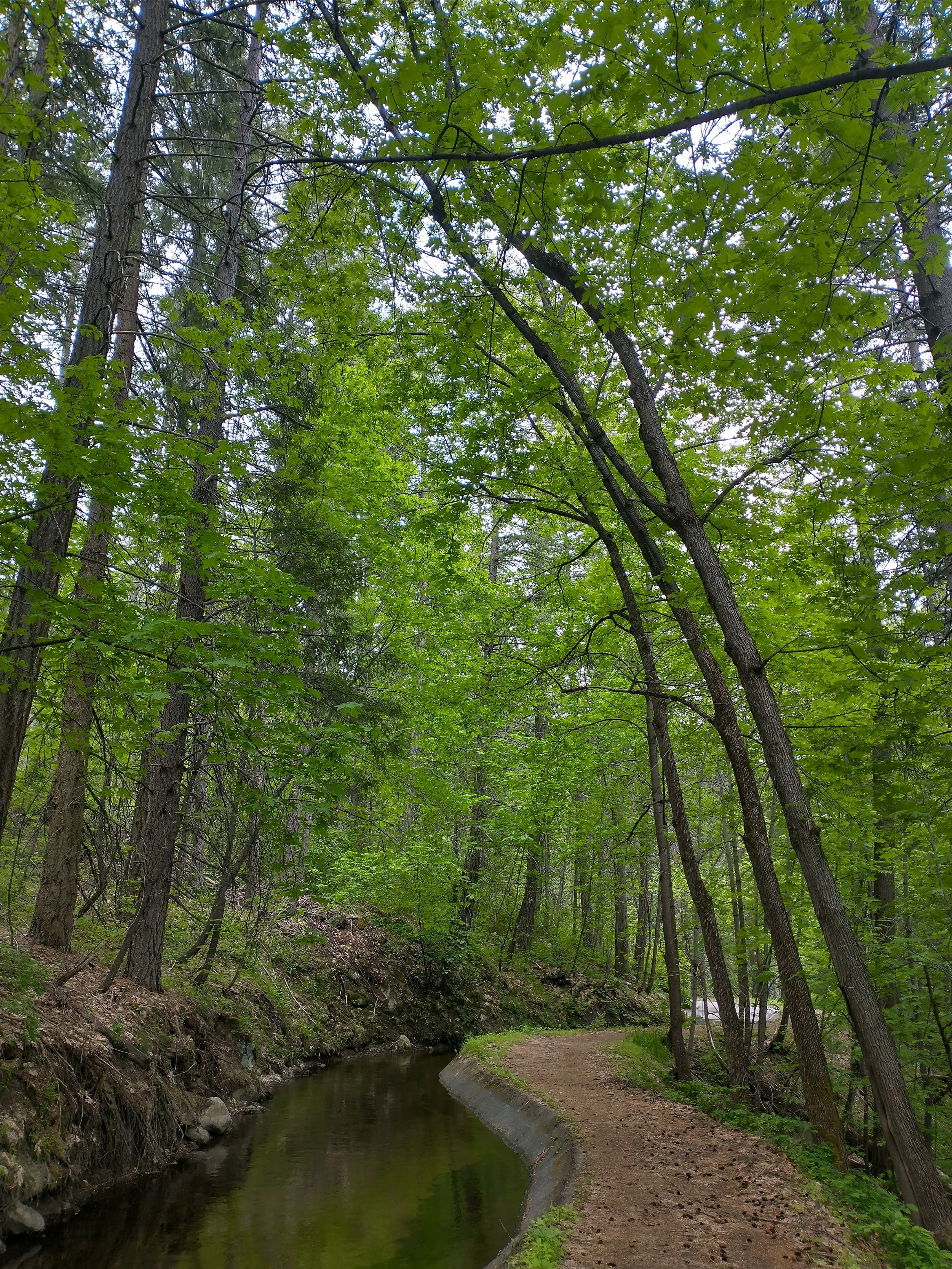
Our Story
I want to create something special. I need to utilize the best ingredients possible, I also need to use the right tool. The right tool performs with precision, and efficiency, it transforms a mundane task into something enjoyable and gratifying. My knife not only performs a role in function, it inspires me to create.
As long as I can remember, I have always been fascinated with traditional and hand made tools, furnishings, and craftsmanship. As a young boy, I viewed the knife and the sword as the necessary tools to build and defend my kingdom, and should I aquire them, they would be meticulously forged from the finest steels, and every detail observed. Needless to say, at 6 years old, I didn't have the funds or permission to purchase the blades that I required. I would turn to the forest. I began sourcing local wood and rocks, creating the tools necessary to fashion the finest of wood knives, swords, bow and arrows. Forty years later, I still love to create from raw materials, and have a deep respect for people that master their trade, their craft. Enchantment Knifeworks aims to work with the same attention to detail, respect for the process, craftsmanship, and knowledge that has been passed down for generations.
Blacksmith Biographies
Shokei Funaki
About Shokei Funaki
Birth: Oct. 17th, 1972 in Yokohama, Japan
Since his ancestry, both paternal and maternal line, were a swordsmith or designing/processing metal, he yearned for swordsmith since he was a child. While he learnt forging by himself in his teens, interacted with a swordsmith in Sanjo, Niigata. He came to be interested in producing useful knife. After working at a Japanese restaurant for 3 years, he was apprenticed to a Mr. Teiichiro Yamaguchi in Yoshisada Hamono where is a blacksmith factory originated from swordsmith continued from 300 years. He finally built a blacksmith workshop in Yashiro, Kyoto deep in the mountain where there are Kinkakuji temple.
Trying to use wrought iron or old aged Japanese steel for base steel and avoids the use of modern iron as much as possible.
He is one of the few blacksmiths who makes uneven quality of iron to exclusive knife by high skills and techniques. All procedures, attaching blade and creating handle are made by himself.
He also pays attention of the center of gravity of the blade so that the knife keeping a good balance. It is easy to hold for everyone.
He also produce Tamahagane making of Japanese nails of ancient times with the method of grafting, knives and short sword of Tamahagame. We unfortunately don’t deal in Tamahagane line because of very expensive products.
Hiroshi Kajihara
Mr.Hiroshi Kajihara, a Japanese blacksmith intending to preserve hand forging techniques at Kurotori Tanzo.
VG10 or silver 3 steel are widely used for popular stainless kitchen knives.
Those hunting and wood working knives are made by laser cutting and pressing machine. A blacksmith used to forge by hand from a small piece of iron in the past, but it is rare nowadays.
Some blacksmith refrain from using stainless steel because its hardness comparing with white and blue steel, even they rust easily, and the characteristic of being cooled soon after taking out of a furnace and the requirement to keep high forging temperature.
Kurotori Tanzo has been continued for more than 100 years making hatchet, sticle and scythe for local agriculture and forestry. But as those cutting tools are replaced by electric equipments, many blacksmiths had closed their business.
Meanwhile, Kurotori Tanzo has adopted using silver 3 steel which is resistant to rust, and built expertise to hand forge stainless steel for long time..
Pursue ideal shape by hand forging
By creating a thickness near the handle, the center of gravity lies near the user’s hand. This gives the knife perfect balance, and it is devised in a way that it is a joy to hold. Pursuing both shape and thinness of the blade from the heel to the top.
Kurotori devised for the forging process so that the core blade appears to the top of the cutting blade. It gives the blade edge appearance like Japanese sword and look more beautiful. Also the core blade remains after resharpening.
The red line shows the border of the edge, Hazakai.
The border means the borderline of the core steel and the base steel. It only appears when two or three layers of steel not for single steel. If the core steel doesn’t being placed properly, such as less or not appearance in finishing condition, the sharpness doesn’t show properly. A sensible blacksmith scrap it as there is a fault.
Process with using resources effectively
Not using laser cutting and pressing machine provides less waste materials. This is why Kurotori continue to make by hand. Although it takes time, Kurotori also gives attention to resources and environment by using cooking oil discarded from local restaurants as a heat source of the furnace. Those energy price, such as gas, heavy oil and charcoal, quite influenced by market value and it increases in recent years, but to recycle it successfully reduce cost so that an inexperienced apprentice enable to practice to the full.
Mr. Hiroshi Kajihara does all procedure from forging, attaching blade, mirror finishing up to the attachment of the handle by himself.
The production is a small amount, but he pursues usability, excellent sharpness and design. He also focuses on resharpenable and repair to create long-range business relationship both customers and local community. Kurotori assume a responsible role for blacksmith in Tosa.

